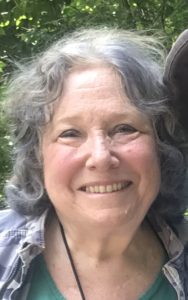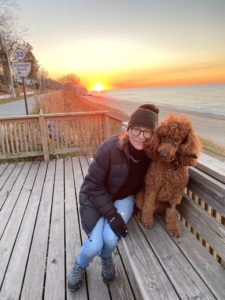Mondays with Mike: Out with the old, in with the new: STAT
December 28, 2020 • 9 Comments • Posted in Mike Knezovich, Mondays with MikeIt being the end of the year, I thought I might write one of those year-end recaps. But as I cataloged things, I thought, nah.
I’ll just say this: When I got sprung from the City COVID quarantine hotel last April, I had no idea that Beth and I would look back and say we got off easy.
But we did.
And we’re grateful. And we think about those who have not gotten off as easy. Y’all know who you are. We’re with you and always will be.
Then I thought, well, it wasn’t all bad. Surely there have been bright spots, yes?
Well, not so much. But in our personal lives, there has been some goodness.

This affordable housing development in Cambridge, Massachusetts, won best overall passive project in this year’s PHIUS Design Competition.
The non-profit I work for (PHIUS) has thrived—we’ve hired four people since the lockdown. For reference, that increased our headcount by nearly 50 percent. We promote design and construction that results in buildings that use 40-60 percent less energy and produce less carbon. And it’s very clear that gradually, we’ll reduce our carbon footprint.
I’ve talked to architects and builders who also have thrived—and a common problem is finding skilled labor. One of our constituents is on a personal crusade to bring back technical education to high schools. He thinks, and I agree, that we’ve placed too much emphasis on four-year degrees and not enough on trades and technical skills. Here’s hoping that the Green New Deal offers training—there is a need for skilled tradesman who understand high-performance building.
After initial skepticism, Beth has built up a portfolio of Zoom memoir classes. It’s not the same, it’s not a one for one substitute, but it works. Beth’s new dog, and my new favorite, Luna, has, against all odds, performed magnificently. Think about it: within two weeks of coming home with Beth, Beth broke her wrist, limiting how much work they could do together to acclimate. Then the lockdown. Luna hasn’t missed a beat. Thank you Seeing Eye!
I can say without question that this year’s hardships have deepened friendships, as well as the love we feel for friends and family.
Perhaps best of all, this news: Red wine and cheese help fight dementia. I’m not making this up.

Everything in moderation. Well, most of the time.
From a Science Daily summary of the research:
- Cheese, by far, was shown to be the most protective food against age-related cognitive problems, even late into life;
- The daily consumption of alcohol, particularly red wine, was related to improvements in cognitive function;
- Weekly consumption of lamb, but not other red meats, was shown to improve long-term cognitive prowess; and
- Excessive consumption of salt is bad, but only individuals already at risk for Alzheimer’s Disease may need to watch their intake to avoid cognitive problems over time.
So on January 20, there’ll be red wine, there’ll be cheese, and they’ll be lamb chops. Can’t come soon enough.



